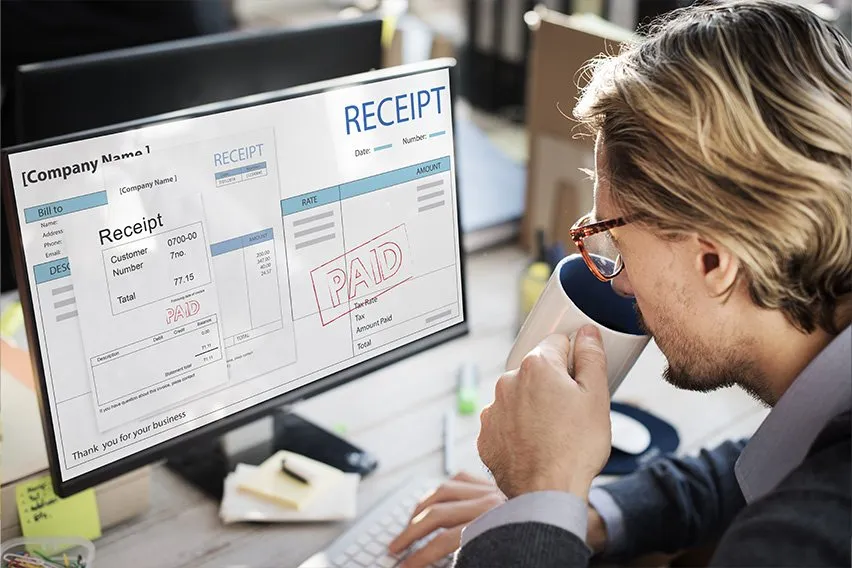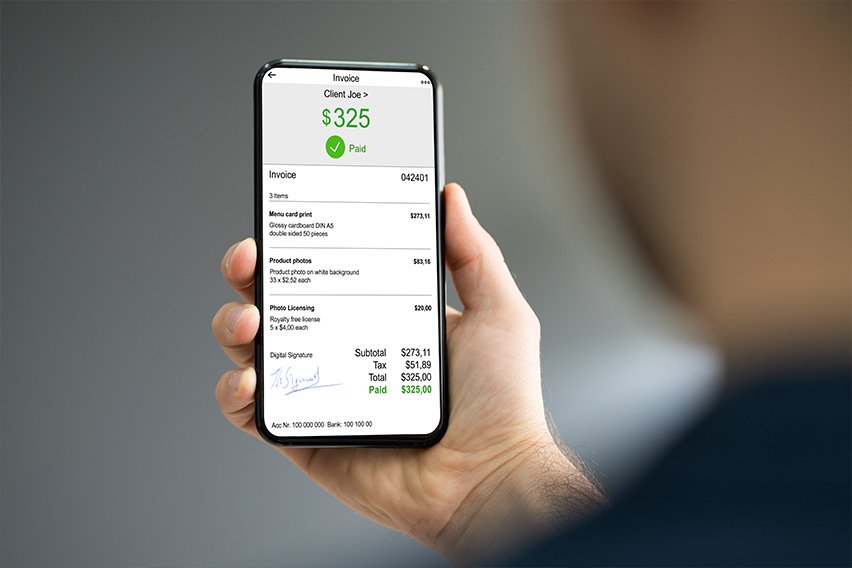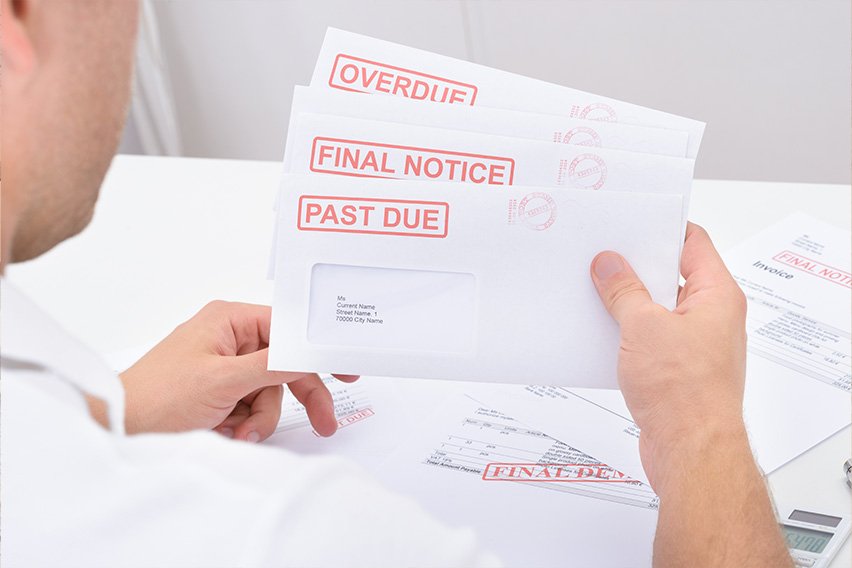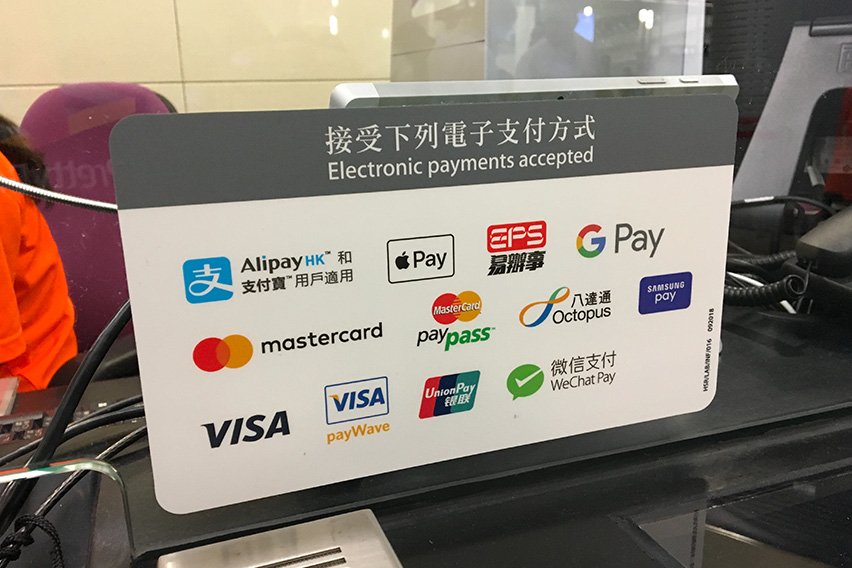How Does Invoice Payment Work?

When you run a business, you have to collect payments from your customers for products and services that you have provided. An invoice is a way to bill your customers for their purchases. You can request payment when the customer receives the goods or services, or allow them to pay their bill at a later date.
Different types of businesses can be paid in a variety of time frames. Brick-and-mortar stores and online retailers require customers to pay for their goods before or at the time of receiving their goods. Service-based businesses or wholesalers may charge by invoice – meaning customers receive products or services before being billed and pay on a due date specified on the invoice.
You must create a bill for customers to charge by invoice. You can use an online accounting software program to help you generate invoice templates. When you make a sale, input sales information into the software to generate the invoice.
Here are a few details to include on an invoice:
- Your logo
- Contact information
- Invoice number
- Date of purchase
- Amount and type of product or service
- Total due
- Sales taxes
- Payment due date
- Information about fees on late payments
After a payment is made, make sure to update your information, so that a record of payment can be kept.

This article will also discuss:
When Should an Invoice Be Paid?
What Does It Mean to Process an Invoice?
When Should an Invoice Be Paid?
You determine when you want your customers to pay when you charge by invoice.
As a way to attract customers who make larger orders, some companies may allow them to pay at a later date by issuing credit terms without charging interest as long as the invoice is paid by a certain time. Business’ should mitigate risk by checking credit reports before extending terms to make sure their customer doesn’t neglect payment.
After terms are established, payment due dates can be within 15, 30, or 60 days (also called Net 15, Net 30 and Net 60).
As a payment incentive, businesses might offer discounts to customers who pay earlier or late fees to those who pay late.

What Does It Mean to Process an Invoice?
The process of handling incoming invoices from arrival to post is known as Invoice Processing.
Generally, there are two types of invoices:
- Invoices associated with a request or purchase order
- Invoices that do not have an associated request or purchase order
Most companies have a clear process for processing incoming invoices for both types of invoices. The department that handles these incoming invoices is known as the Accounts Payable department.
The process to pay a supplier invoice begins when the invoice arrives by mail, fax or email. Once the invoice has arrived, accounts payable must check to see if it is actually an invoice and then classify what category the invoice is in.
Next, the invoice is forwarded to the person responsible for that particular invoice. This person is usually the person who made the order or the department head and they must verify that the amount invoiced was correctly stated. If the invoice amount is right and the correct goods or services have been received, the person will sign off on it.
Once the invoice has been approved and no variances have been indicated, the invoices will be recorded into the accounting system.
Accounting software is designed to automate this process from arrival to post.
RELATED ARTICLES

 Do You Send an Invoice Before or After Payment? Invoice Timing Explained
Do You Send an Invoice Before or After Payment? Invoice Timing Explained Invoice Payment Methods For Small Business: How to Get Paid Faster
Invoice Payment Methods For Small Business: How to Get Paid Faster How Partial Payment Invoice Helps to Get Paid Upfront Payments
How Partial Payment Invoice Helps to Get Paid Upfront Payments How to Collect Money from Clients Who Won’t Pay
How to Collect Money from Clients Who Won’t Pay How to Set Up Automatic Payments for Your Business
How to Set Up Automatic Payments for Your Business Online Payment Methods For Small Businesses: How to Choose
Online Payment Methods For Small Businesses: How to Choose